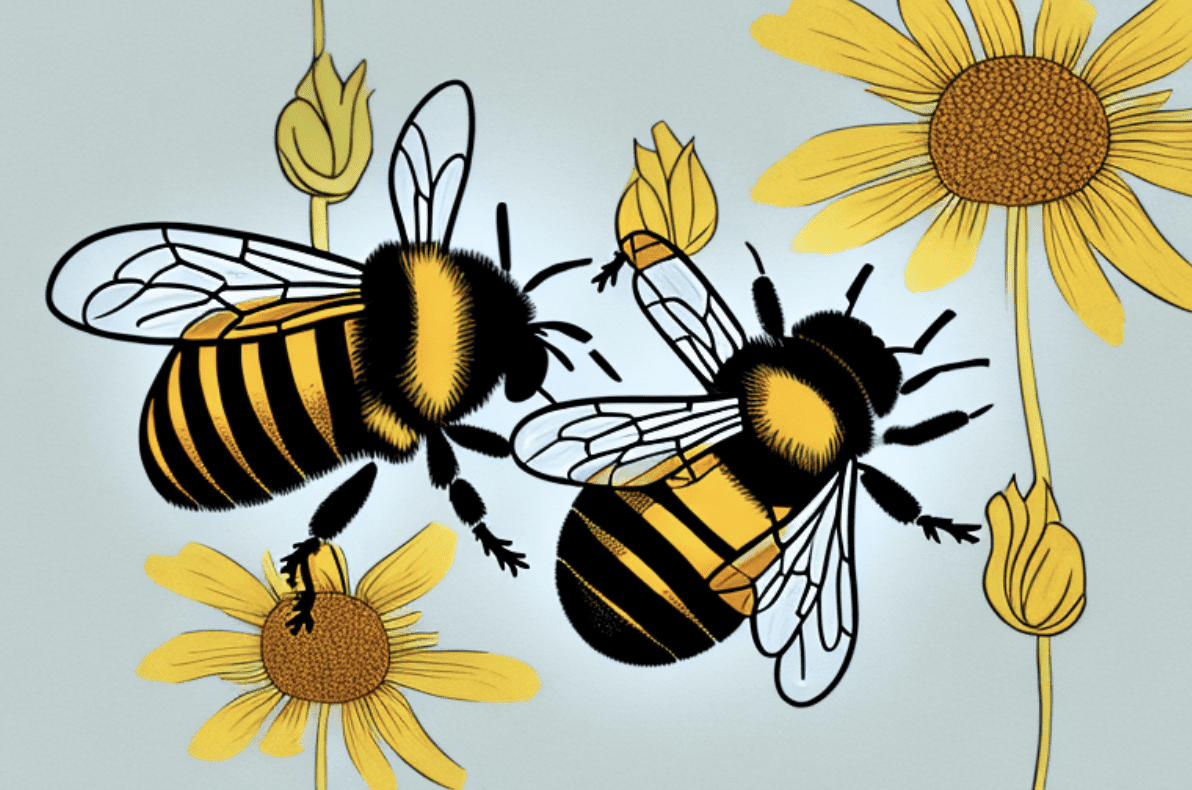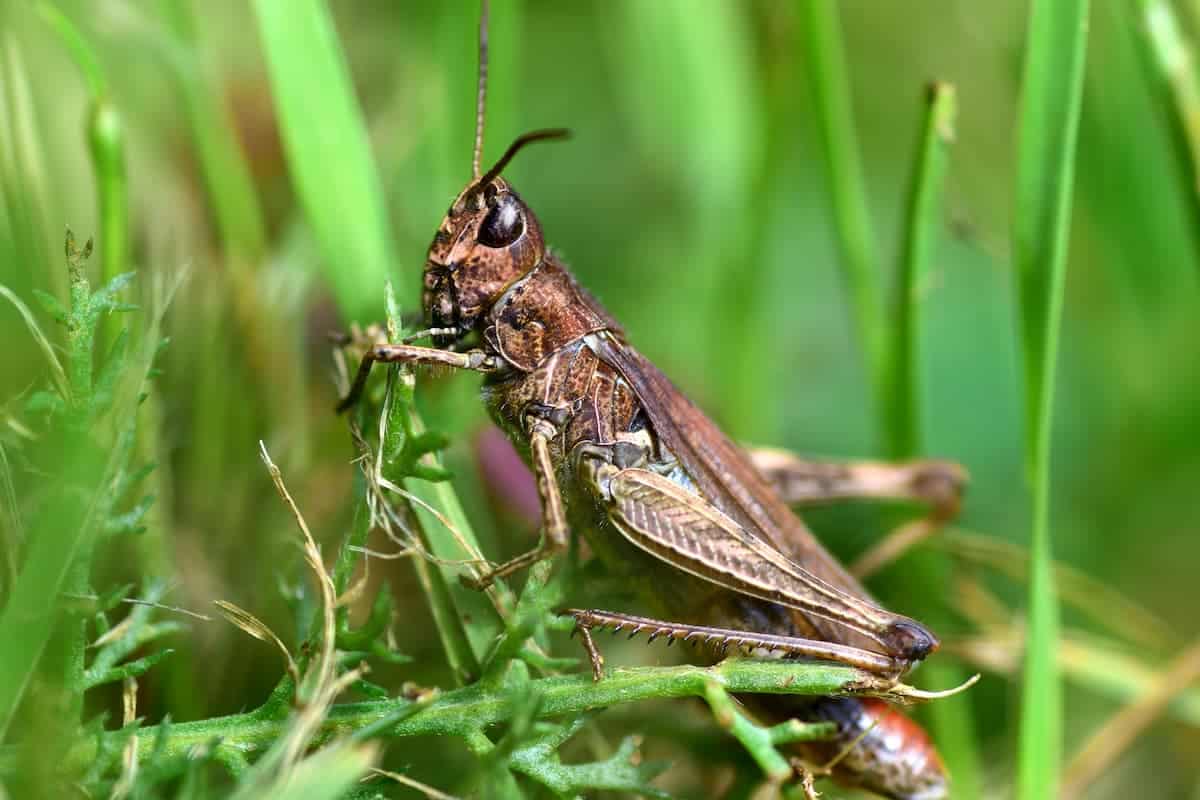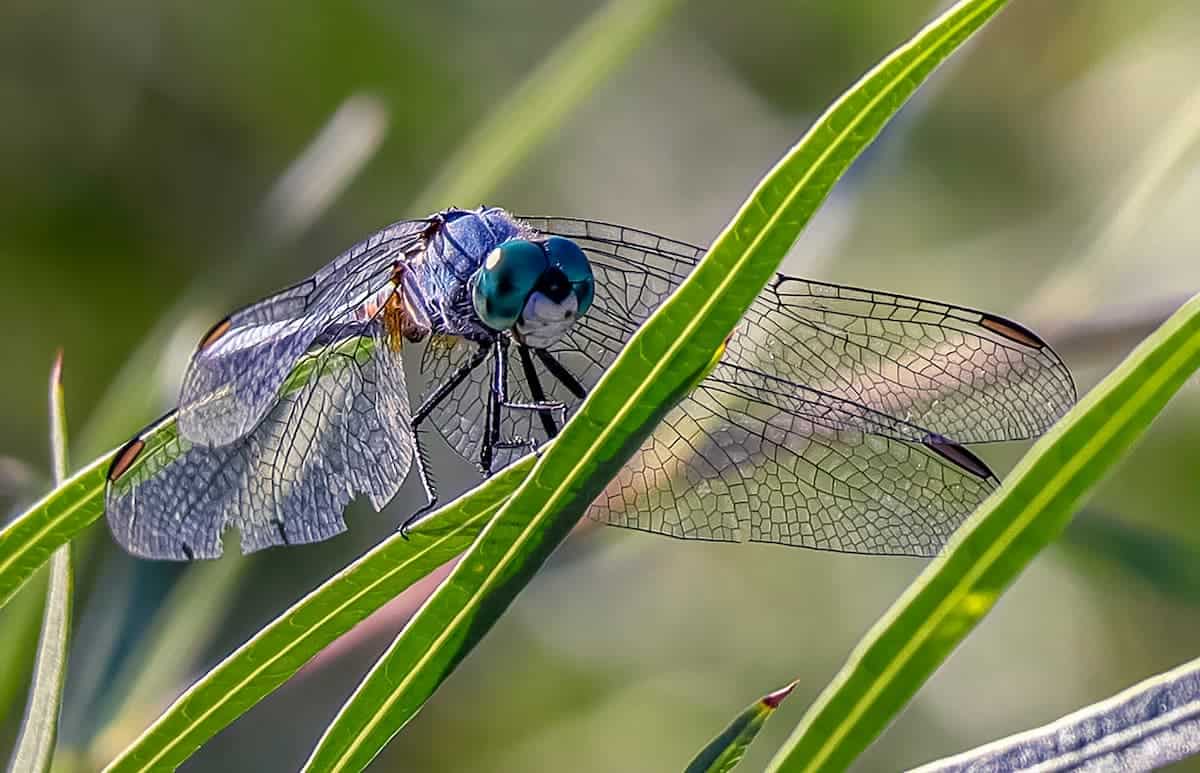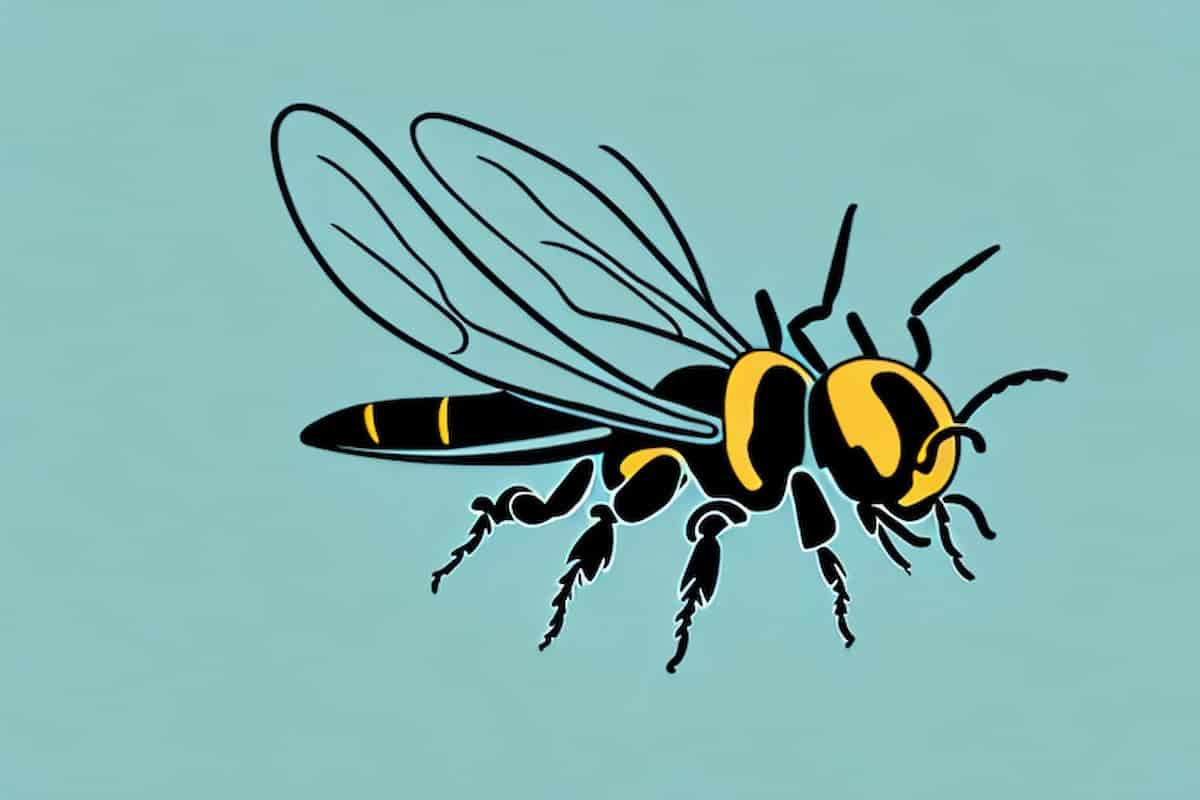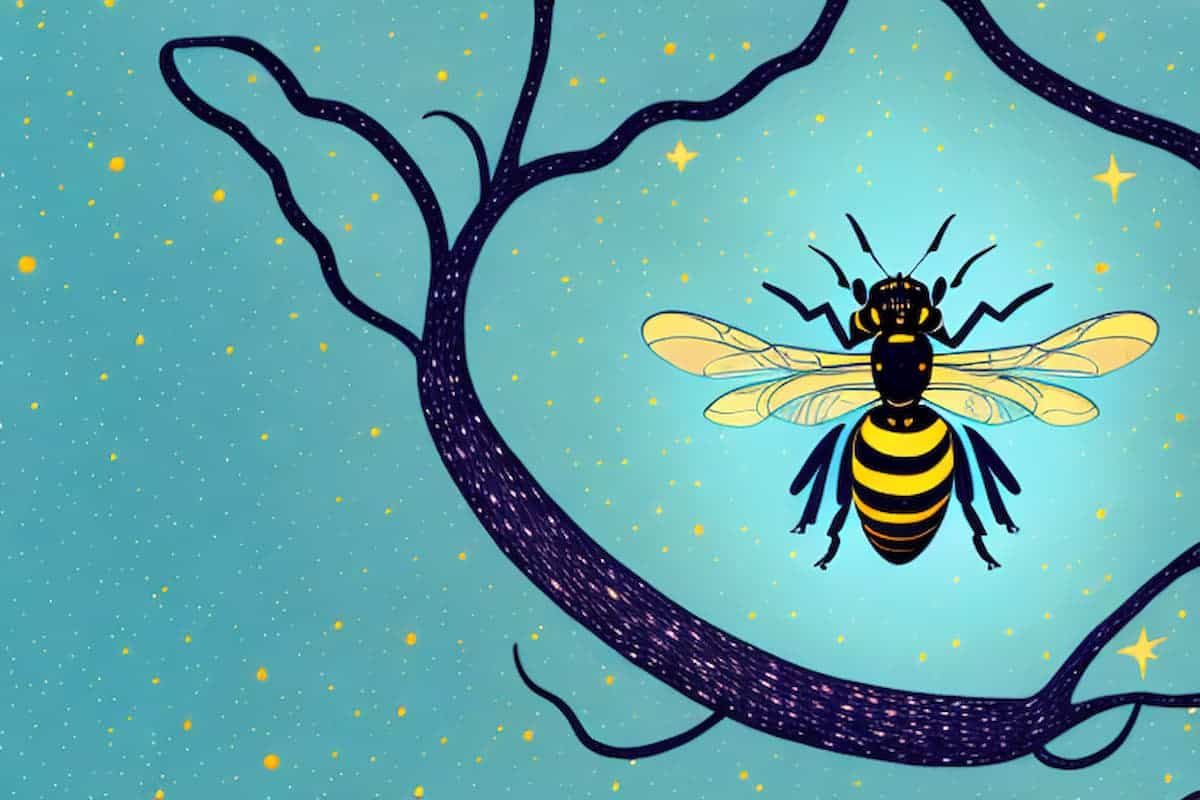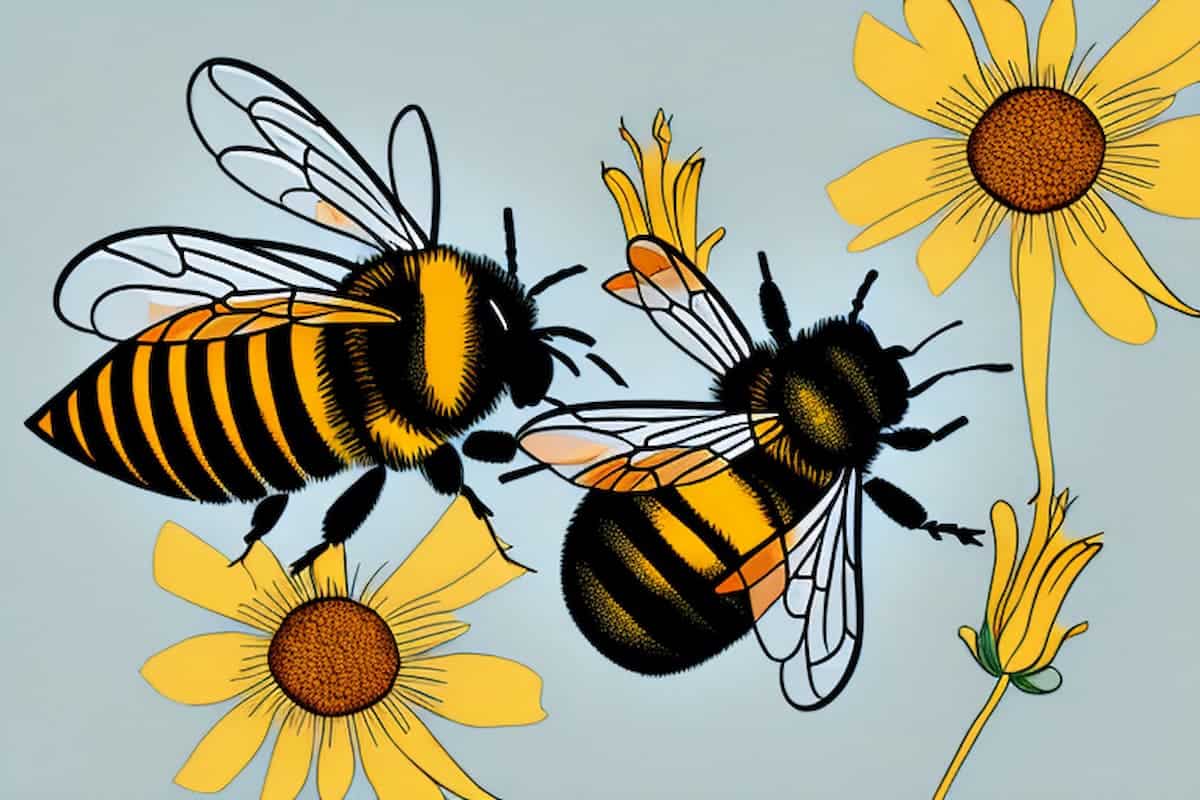Sleep is an essential behavior for almost all living organisms. But do bees sleep too? To find out more about the sleep habits of bees, let’s explore the importance of sleep for bees, investigate the sleep patterns of bees, and look at what we can learn about bee sleeping habits.
The Importance of Sleep for Bees
All animals need to get a certain amount of sleep every day in order to function properly. For humans, an adequate amount of sleep gives us the energy to complete everyday activities, while lack of sleep can lead to mental and physical fatigue. Similarly, in bees, a lack of rest can lead to poor job performance and a lack of energy.
Recent studies have indicated that sleep is particularly important for bees because it helps them to consolidate and store long-term memories. This is especially beneficial when they need to recall directions to their various food sources. In addition, they require periods of rest to recover energy levels and ensure they have enough strength to fly.
Sleep is also important for bees because it helps them to regulate their body temperature. During the day, bees can become overheated due to their high metabolic rate. By sleeping at night, they can reduce their body temperature and conserve energy. Furthermore, sleep helps bees to maintain their immune system and protect them from disease.
Investigating the Sleep Patterns of Bees
Unlike humans, bees sleep in intervals throughout the day. During these periods, their antennae become less active and their bodies become motionless. The length of time devoted to rest can vary depending on the bee species, but the average bee gets about 4-6 hours of combined rest per day.
Bees typically sleep for shorter periods during the day and longer periods at night. During sunlight hours, they tend to take short 10-20 minute naps on flowers. At night, however, they get into deeper “slumber-like” states and can sleep up to eight hours.
The amount of sleep a bee gets is also affected by its age. Younger bees tend to sleep more than older bees, as they need more rest to grow and develop. Additionally, the amount of sleep a bee gets can be affected by the amount of food it has consumed. Bees that have eaten more will usually sleep less, as they have more energy to devote to activities such as foraging and pollinating.
Sleep Behaviors of Different Bee Species
Different species of bees display different sleep behaviors. Honey bees have the most unusual pattern of all – they rarely enter deep sleep and usually wake after several minutes when they sense movement nearby.
Mining bees and carpenter bees on the other hand exhibit longer periods of sleep. Some species are active all night and remain in a state of rest during the day, while others switch between activity and rest several times in a day.
The amount of sleep that bees get is also affected by the season. During the summer months, bees tend to sleep less than in the winter. This is because they need to conserve energy to survive the colder temperatures.
What Do We Know About Bee Sleeping Habits?
We know that the vast majority of solitary bees try to sleep as often as possible in order to conserve energy. Each species has a different amount of preferred rest, but most species need at least 4-6 hours of combined sleep throughout the day.
We also know that honey bees rarely enter deep sleep because they need to be aware of any potential threats – echoing their role as guards and sentinels within the colony. In contrast, bumblebees tend to be less vigilant and enter deep sleep more often.
Do All Bees Sleep in the Same Way?
No – each bee species will have its own sleeping behavior. Social bees such as honeybees tend to sleep in tandem with their colonies while solitary bee species often sleep alone. In addition, different species may prefer different types of environments and schedules for resting.
How Much Time Do Bees Spend Sleeping?
Most species of bees will sleep for an average of 4-6 hours per day in intervals spread throughout the day and night. While this may sound like a lot, it is still less than most mammals would get in a 24-hour period. Honey bees usually only enter light sleep states and take short 10-20 minute naps.
The Role of Weather and Seasonality in Bee Sleeping Habits
The weather and seasonality can have a considerable effect on the sleeping patterns of bees. When it’s cold or raining, bees will usually try to remain tucked away in their colonies or hives in order to conserve their energy and keep warm. In contrast, on hot sunny days, bees will often try to be as active as possible in order to gather as much pollen and nectar as possible.
The Impact of Pollen and Nectar Sources on Bee Sleeping Habits
Bees require pollen and nectar from plants in order to survive. The availability of these resources affects how much resting time bees will be able to get within their natural environment. During periods where food sources are scarce, the number of hours spent sleeping can decrease due to the need to continuously search for sustenance.
Potential Benefits of Bee Sleep and Rest
Sleep is essential for providing energy, maintaining good mental health, and staying alert – but its importance goes beyond these benefits. It also helps extend the lifespan of bees by providing periods of rest that allow them to conserve their energy and improve their general health.
Conclusions: Understanding the Sleep Habits of Bees
Sleep is an important part of life not only for humans, but also for bees — an integral part of the natural world. Although we have some understanding of bee sleeping habits, more research is needed to provide further insights into how different species use their resting time.
In conclusion, we can see that all species of bees need periods of rest. This could benefit them by allowing them to conserve energy, boost their performance levels, and even increase their lifespan — just like it does for humans!
